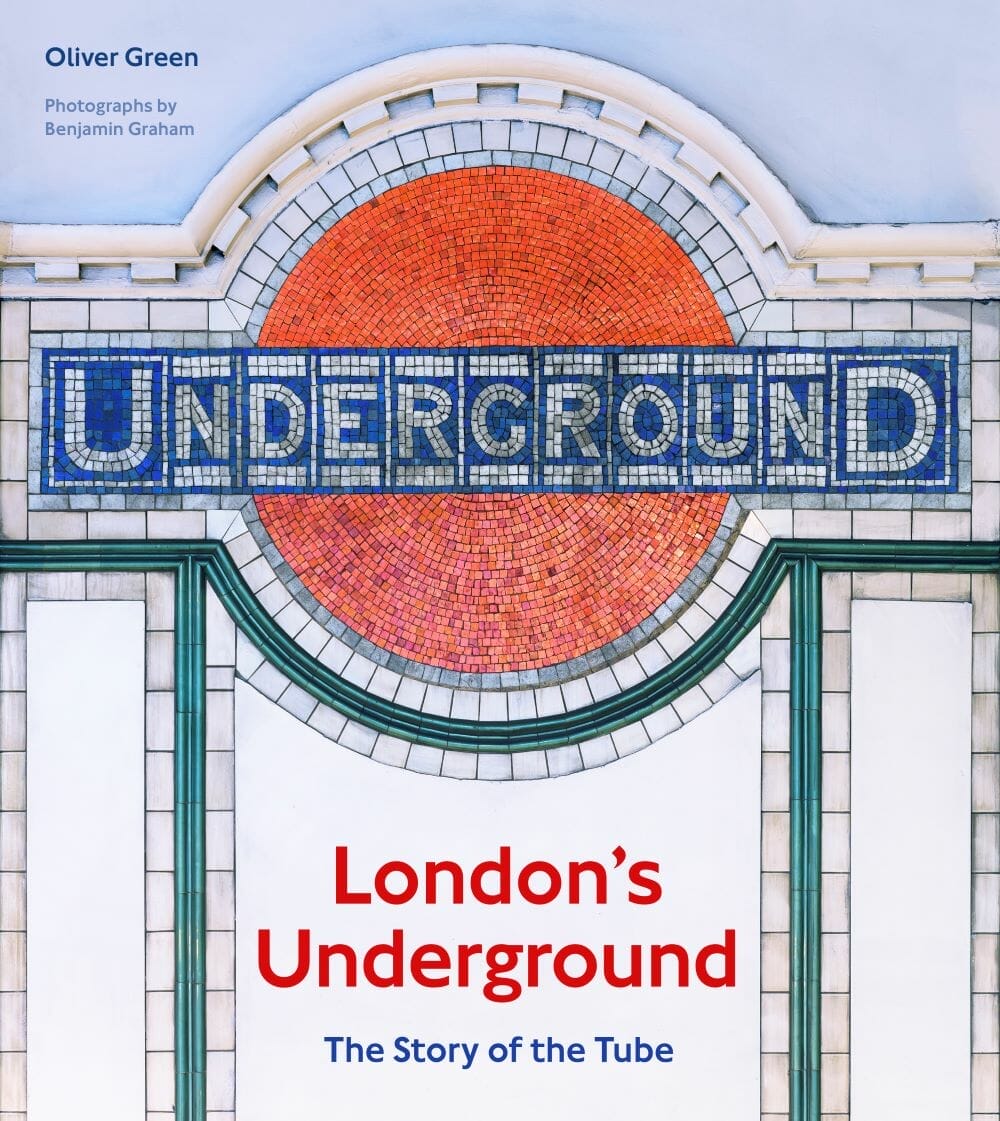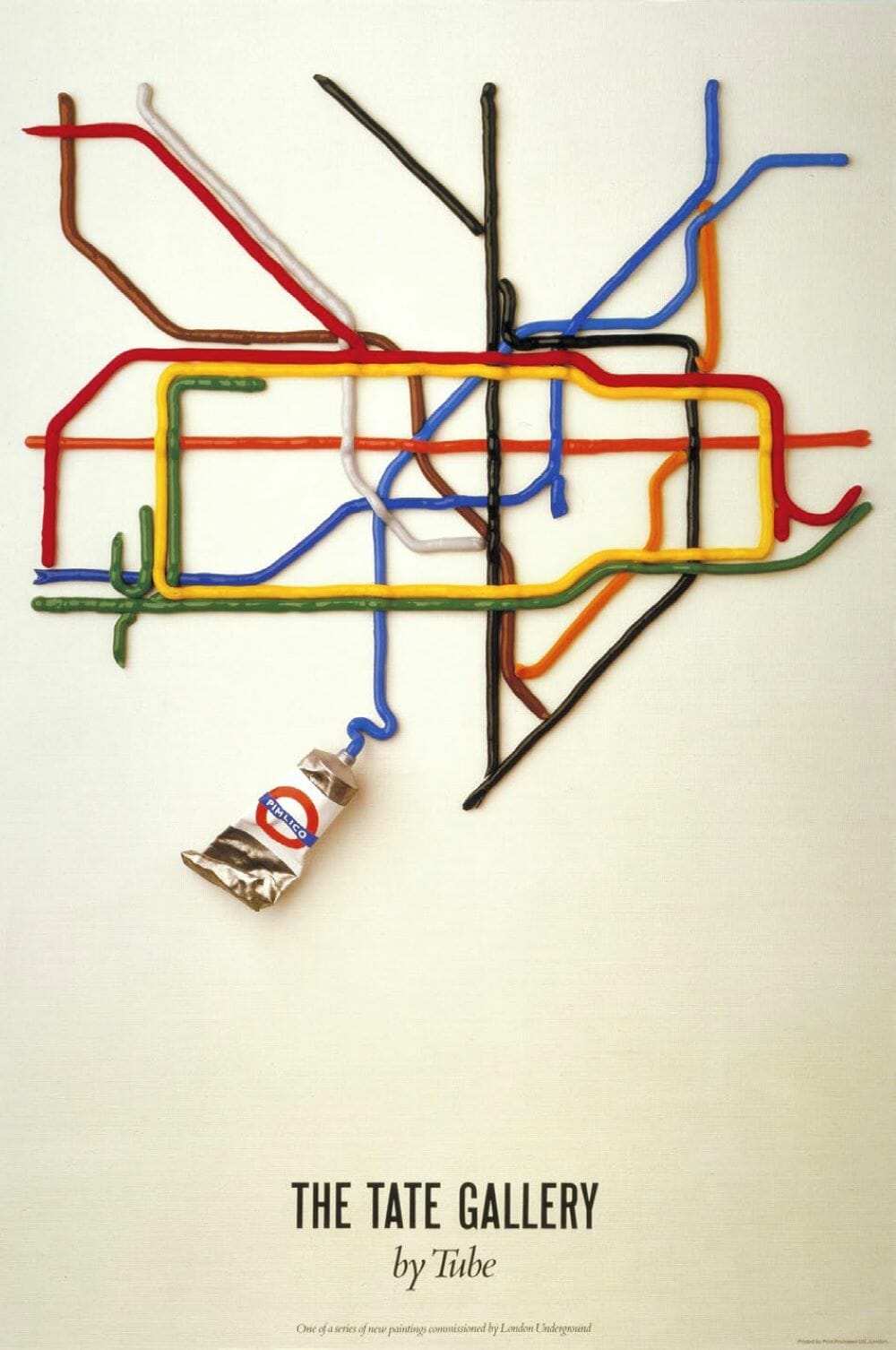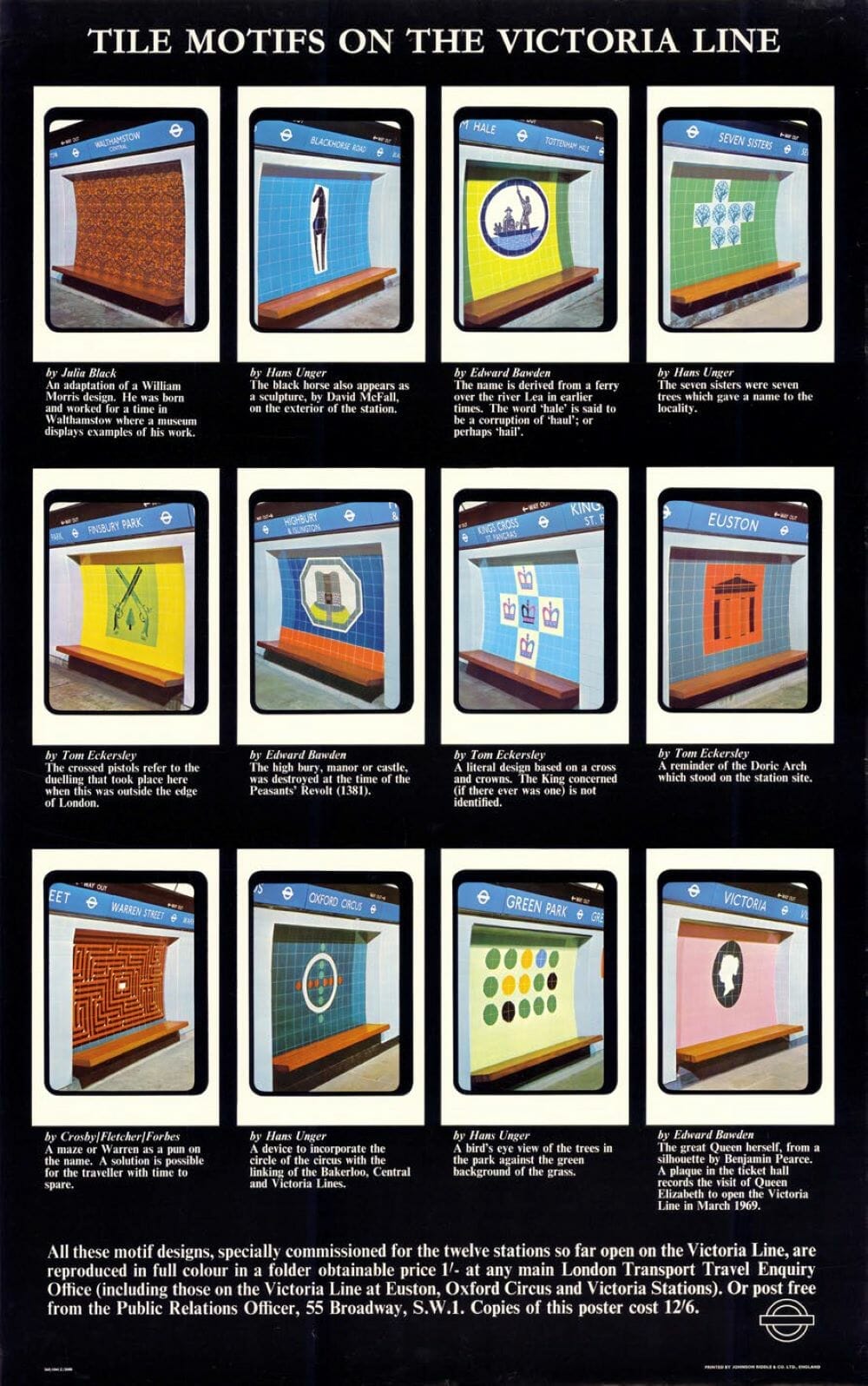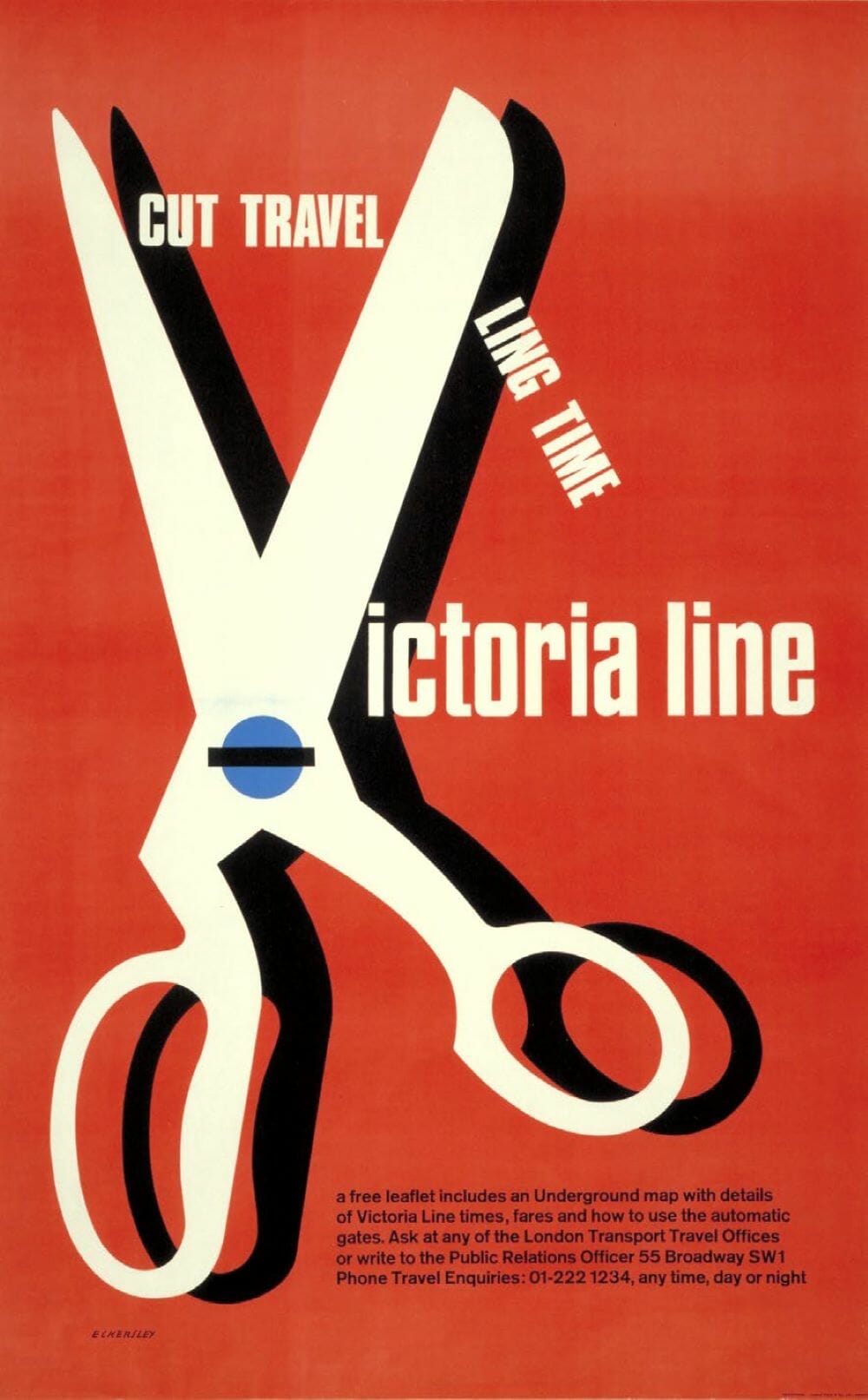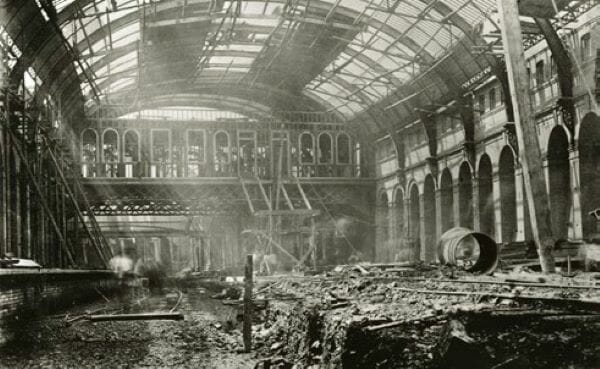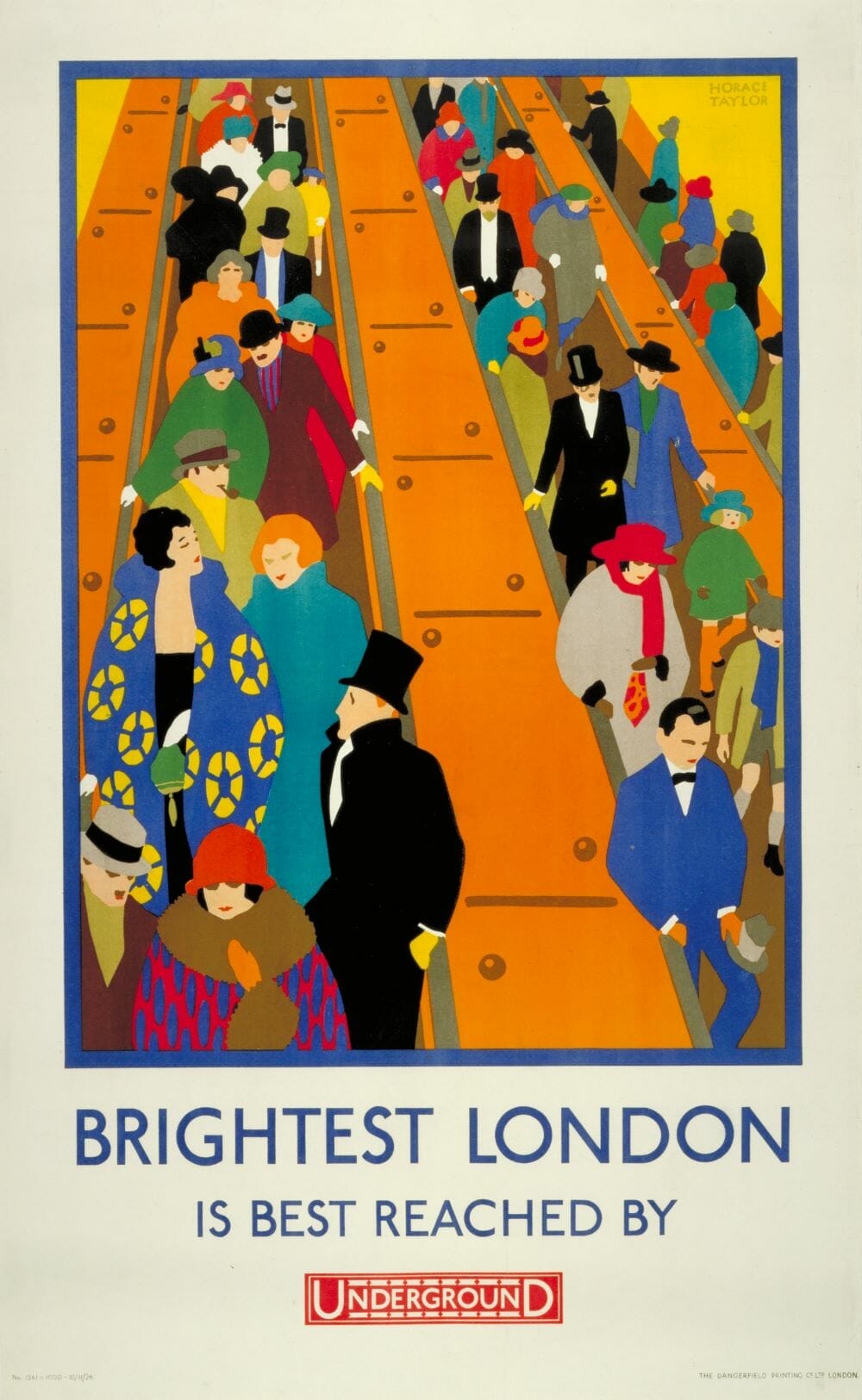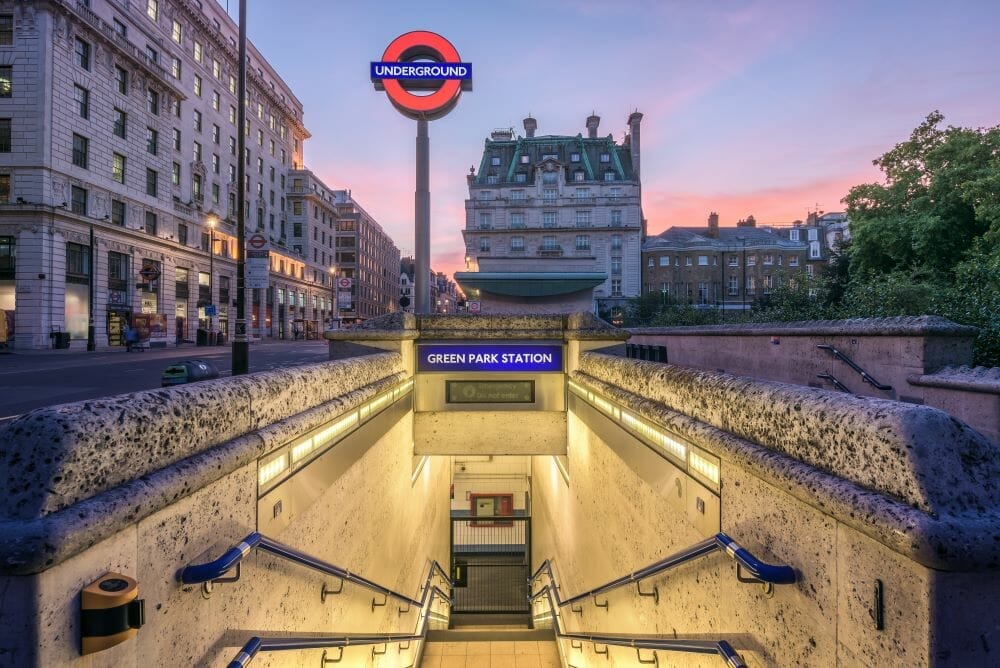Less than a fortnight from when the Emancipation Proclamation became the law of the US land, and while America and its leader Lincoln were enveloped in the gloom of Civil War, a poorly ventilated, dank and dark pit became the bright spot in the world.
This was January 10, 1863, when the world’s first underground railway –the precursor to what is now nicknamed the London Tube-- opened its doors to the public. A fellow American reader and student of history may be similarly thunderstruck by this historic contrast. While America’s leaders were consumed by the Civil War, London’s better heads were grappling with the challenges of moving goods and people efficiently in and out of dense urban spaces.
LONDON’S UNDERGROUND: THE STORY OF THE TUBE Unfolds Chronologically
Oliver Green, author of London’s Underground: The Story of the Tube doesn’t draw this contrast for an American audience. Rather, he gives a comprehensive and detailed account of the Tube’s history in more than 250 illustration and photo–rich pages. Photographer Benjamin Graham captures the modern Tube, and these modern day photos are supplemented by archival images.
Written by Curator of London Transport Museum
It comes as no surprise to read that Green was a head curator of the London Transport Museum. From Green’s pen, and also the many historic images, we learn to consider all the ingredients needed to make any underground railway move—from tunnel design, energy source, ticketing prices and systems, financing, marketing and more. London’s Underground: The Story of the Tube is first and foremost a comprehensive and thorough accounting of this engineering miracle-- for conception to current day.
Giving Engineering Wizards Their Due
For those of us who deeply appreciate the glories wrought by engineering inspiration and workmen’s toil to realize them, you will quickly grasp that Green is a kindred spirit. The meat and potatoes of the book is a blow-by-blow chronological account.
A spoiled American museum-goer--who now takes for granted curators’ abilities to pre-digest information into meta-description frames-- may similarly feel that this is more old school European-style museum curation at work. You might similarly want to skim a section here or there.
But this reviewer suggests you periodically slow down long enough to find the truly delectable nuggets of design inspiration that spice Green’s tale. We learn, for example, that it was a French engineer’s fascination with the motility of a naval shipworm that helped him envision his 1818 patent for a tunneling method. We learn how American engineers experienced in building Chicago’s El helped create The Tube. We glimpse at the global community of engineers who relish, and borrow, the achievements of their peers, from Hong Kong, to London, to Moscow and beyond. We learn how a young engineering draughtsman-- laid off from work by the Great Depression and with time on his hands-- was inspired by electric circuit designs to create the now so familiar styled concept map for The Tube, now a mimicked staple worldwide. Little could his distrusting and disdaining supervisors imagine that one day everything from socks, to T-shirts, to coffee mugs and more emblazoned with these maps would one day be the hot selling tourist memorabilia that that are today.
A Tourist Re-Lives the Thrill of Their First Tube Adventures
Anyone who has happily visited London and remembers that first thrill of taking Tube escalators down, down, down and down further still, will likely be especially tickled by this book. In the book jacket blurb we learn that photographer Benjamin Graham spent a year getting up before dawn to capture various Tube stations –from Art Deco to ultra-modern-- without the crowds. These pictures, and Green’s account of all the intensive architectural and graphic design talents that have gone into giving the Tube its distinctive look, make for a great read, in this reviewer’s opinion. We learn from Green that the developers of The Tube also –-as they worked to corral passengers for their more distant lines—invented the first lifestyle marketing campaigns that are now well-worn staples of real estate developers. How fascinating to also learn- -and see historic black and white photos - - of how The Tube was pressed into service as bomb shelters during World War II, and how some Londoners came to miss this underground community at war’s end.
For Travel Lovers, Anglophiles, Engineers and Engineering/Design Enthusiasts
Most of all, London’s Underground: The Story of the Tube reminds a sometime London tourist how a return trip to London would not disappoint. This is especially a top pick book for travel enthusiasts of Anglophile bent. It strikes this reviewer also as a perfect gift for the engineers, architects and designers in your life.
RECOMMENDED
$45
For more information and to purchase visit Quarto Publishing’s website
Photos: All photos courtesy of Quarto Publishing, unless otherwise indicated

About the Author: Amy Munice
Amy Munice is Editor-in-Chief and Co-Publisher of Picture This Post. She covers books, dance, film, theater, music, museums and travel. Prior to founding Picture This Post, Amy was a freelance writer and global PR specialist for decades—writing and ghostwriting thousands of articles and promotional communications on a wide range of technical and not-so-technical topics.
Amy hopes the magazine’s click-a-picture-to-read-a-vivid-account format will nourish those ever hunting for under-discovered cultural treasures. She especially loves writing articles about travel finds, showcasing works by cultural warriors of a progressive bent, and shining a light on bold, creative strokes by fledgling artists in all genres.

